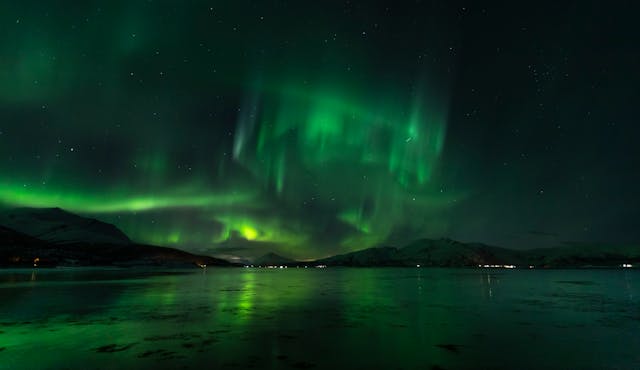
The Wonderful World of Science
Chapter Overview
This chapter introduces students to the fascinating world of science, exploring how it impacts our daily lives and helps us understand the natural phenomena around us. It covers basic scientific concepts, the importance of observation, and the role of experiments in discovering new knowledge.
Science: A systematic way of acquiring knowledge about the world through observation and experimentation.
Key Concepts
What is Science?
Science is the study of nature and its phenomena. It helps us understand how things work and why certain events occur. Scientists use experiments and observations to gather evidence and form conclusions.
Branches of Science
- Physics: The study of matter, energy, and their interactions.
- Chemistry: The study of substances and their transformations.
- Biology: The study of living organisms and their processes.
The Scientific Method
The scientific method is a step-by-step process used by scientists to investigate questions:
- Observation
- Question
- Hypothesis
- Experiment
- Analysis
- Conclusion
Hypothesis: An educated guess based on observations that can be tested through experiments.
Importance of Science in Daily Life
Science plays a crucial role in improving our lives through innovations like medicine, technology, and environmental conservation. It helps solve problems and makes tasks easier.
Activities and Experiments
Activity: Observing Plant Growth
Students can plant seeds in different conditions (with sunlight, without sunlight, with water, without water) and observe how these factors affect growth over time.
Experiment: Testing Solubility
Students can test which substances (salt, sugar, sand) dissolve in water and record their observations to understand solubility.
Summary
Science is a powerful tool that helps us explore and understand the world. By following the scientific method, we can discover new things and improve our lives. This chapter encourages curiosity and hands-on learning through simple experiments.
